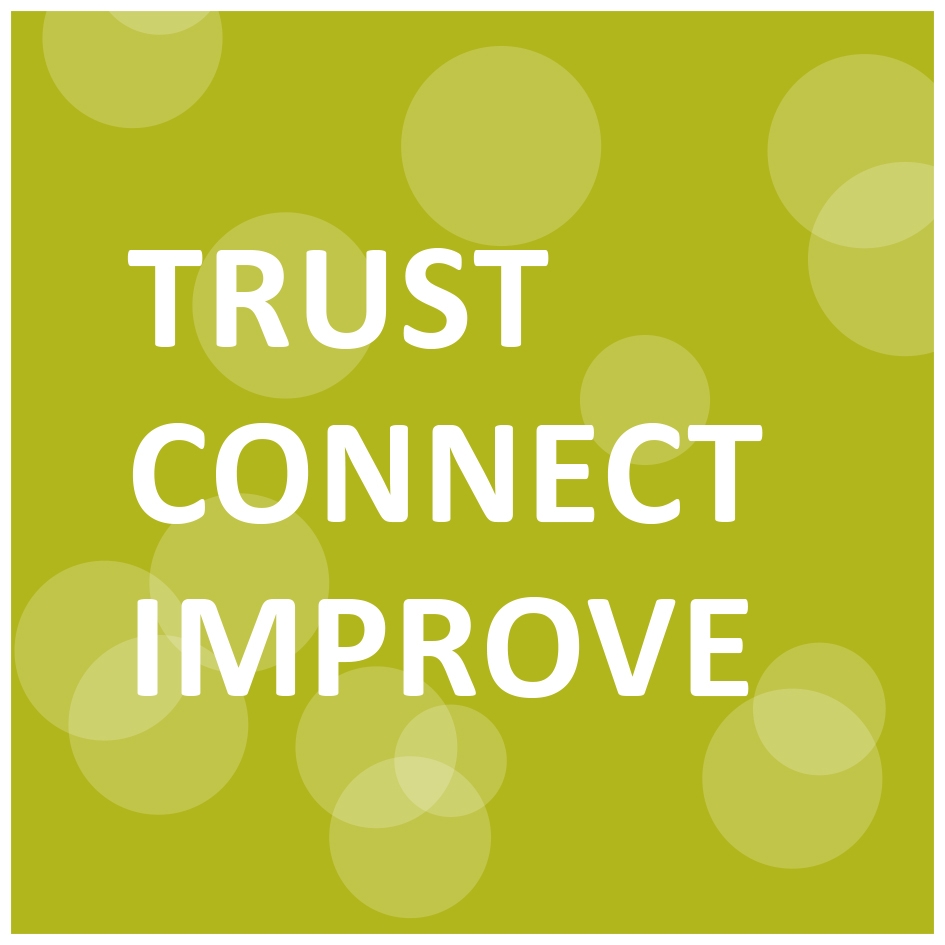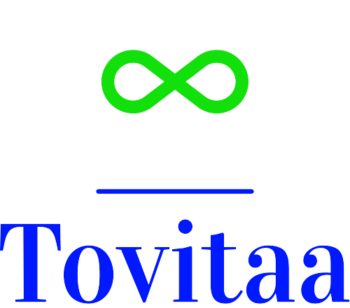
We see that working from home is the rule rather than the exception and that employees are more than ever expected to be flexible. What does that actually mean for remote management? A question that is asked a lot to AnyChange. Read this blog for tips!
Working at home the new normal:
‘Five days at the office no longer the norm’ (NU.nl 1 Sept ’20)
We see that working from home is the rule rather than the exception and that employees are more than ever expected to be flexible. What does that actually mean for remote management? A question that is asked a lot to AnyChange.
In any case, your past leadership style determines the behaviour of your employees in the here and now. If they go through fire for you now, then you have managed well in the near past.
But what else is important?
The NOVOR study by Dr Alex Klein indicates the importance of flexibility in the attitude and activities of employees.
The TOP 3 influencing factors of flexibility are:
- The extent to which employees are involved in business processes and decisions;
- the extent to which management has a picture of the needs of the individual employee;
- The extent to which appreciation is expressed for results achieved per employee or department.
This means that the flexibility of employees can increase by up to 40 percent if the manager pays more attention to these three factors. At the same time, it also means that flexibility decreases by the same percentage if no attention is paid to these three conditions.
AnyChange believes in sustainable leadership, also when it comes to remote management.
You become more effective as a remote manager if you believe in the following core values and ‘live up to them’:
Trust: Build trust; put yourself in what others believe contributes to trust and act accordingly. Steer on results by giving confidence in the results to be achieved.
Define new goals and deadlines, steer on the basis of agreed results rather than activities. Make agreements about accessibility and the way / frequencies of reporting. Give room for flexibility in working hours. Give compliments and appreciation when things go satisfactorily.
Connect: Make the connection with your employees by showing genuine interest in asking open questions. Have an eye for ‘the person’ behind the employee and his/her specific circumstances. Also know what is going on at home, insofar as it is relevant to the work. Realise that everything that gives you attention is growing. Regularly give sincere attention and feedback.
Improve: for most people, remote management is a new phenomenon. You really need to learn how to deal with this. This is best achieved if you dare to adopt a vulnerable attitude and if you regularly ask your employees questions to find out what they need. Of course, you can also spar with fellow managers about the methods they use to bridge the distance. Looking at yourself critically, asking input from others, daring to learn and therefore daring to be flexible with your leadership style is now really crucial to master management from a distance.
Because if you trust your employees so much that you dare to let them go, without losing the connection, you will see that this has a positive effect on your organisation.
Leadership at a distance: keep it close!
Hans Foppele is Business Change Consultant at AnyChange Group. AnyChange Group guides organizations in transformation processes using the Z-model of Change®. AnyChange Group uses tools to measure cultural change, personal and organizational leadership motives and competences. AnyChange Group is changing the DNA of your organization and has sustainable impact.



